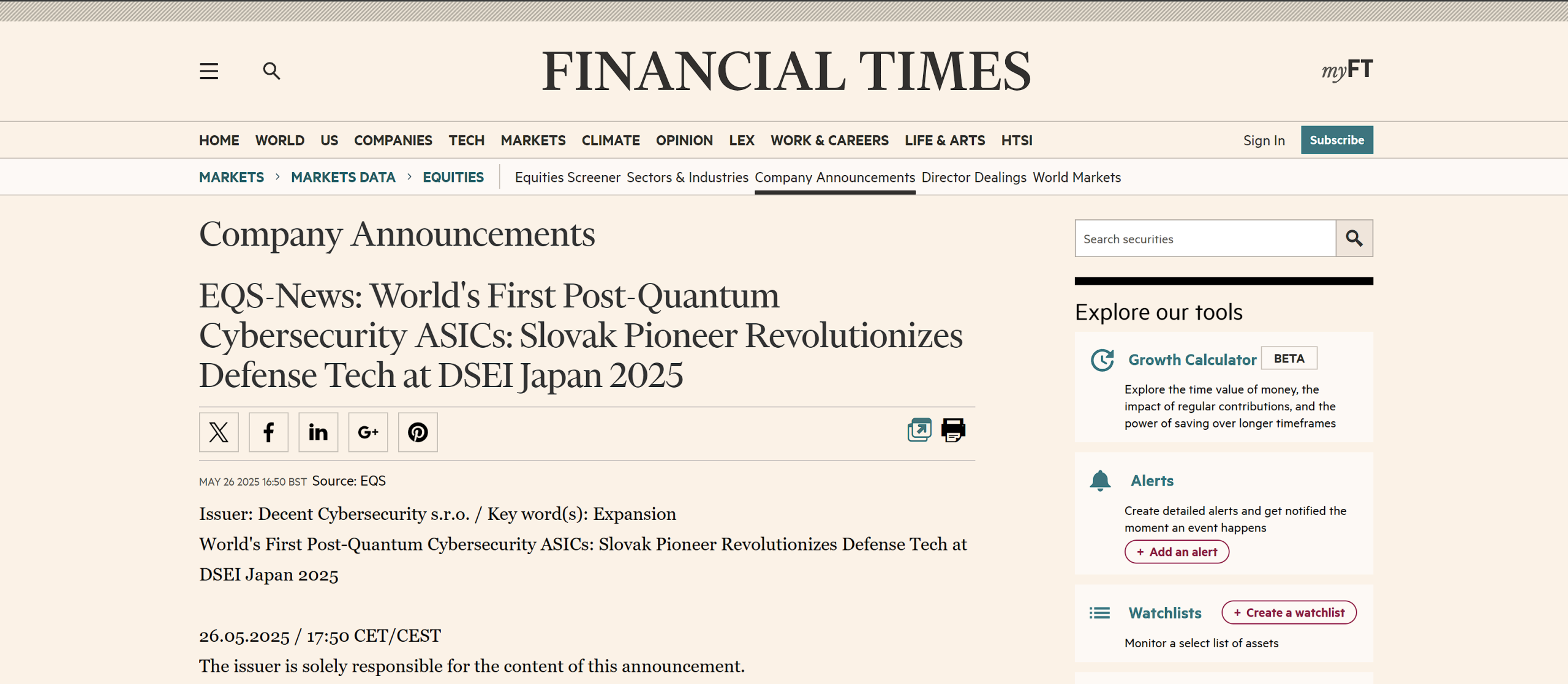As the 21st century progresses, the domain of outer space is no longer reserved for national space agencies or iconic spacefaring companies. By 2024, a diverse spectrum of entities—commercial, governmental, and academic—are launching satellites, probes, and possibly manned missions. The need for a robust and secure Space Traffic Management (STM) system is more vital than ever, especially as the projected market valuation of space-related activities approaches $1.5 trillion by 2030. This article delves into how blockchain, cybersecurity, post-quantum, and homomorphic encryption play a pivotal role in shaping this future.
Blockchain in STM:
Transparency and immutability are foundational to STM. With numerous entities launching and operating space assets, blockchain offers a decentralized ledger to record satellite trajectories, space missions, and even inter-entity space agreements. This ensures that there is a trustworthy and unchangeable record of all activities, optimizing coordination and reducing conflicts.
Cybersecurity Imperatives:
The digital nature of space operations makes them susceptible to cyber-attacks. From satellite hacks to mission sabotage, the risks are real and potent. A rigorous cybersecurity framework is essential to protect the integrity of satellites, space data, and overall STM. As the space frontier expands, cybersecurity becomes a non-negotiable layer of every STM strategy.
Post-Quantum Encryption:
The burgeoning field of quantum computing poses a threat to classical encryption methods. Post-quantum encryption addresses this by offering security methods designed to withstand quantum attacks. In the vast expanse of space, where communication delay is inherent and the stakes are astronomical, the resilience offered by post-quantum encryption is indispensable.
Homomorphic Encryption for Real-time STM:
Homomorphic encryption is transforming data processing by allowing computations on encrypted data without ever decrypting it. In the context of STM, this ensures that real-time data—from satellite health to orbital trajectories—can be processed securely without exposing sensitive details. This is invaluable, especially when multiple entities require access to the same data for collaborative missions or deconfliction.
The conjunction of these technologies promises a sophisticated, transparent, and ultra-secure framework for Space Traffic Management by 2024. As space becomes increasingly accessible and commercialized, the integration of blockchain, advanced cybersecurity measures, and state-of-the-art encryption techniques will be critical in ensuring that the final frontier remains orderly, safe, and resilient to threats, both terrestrial and cosmic.







